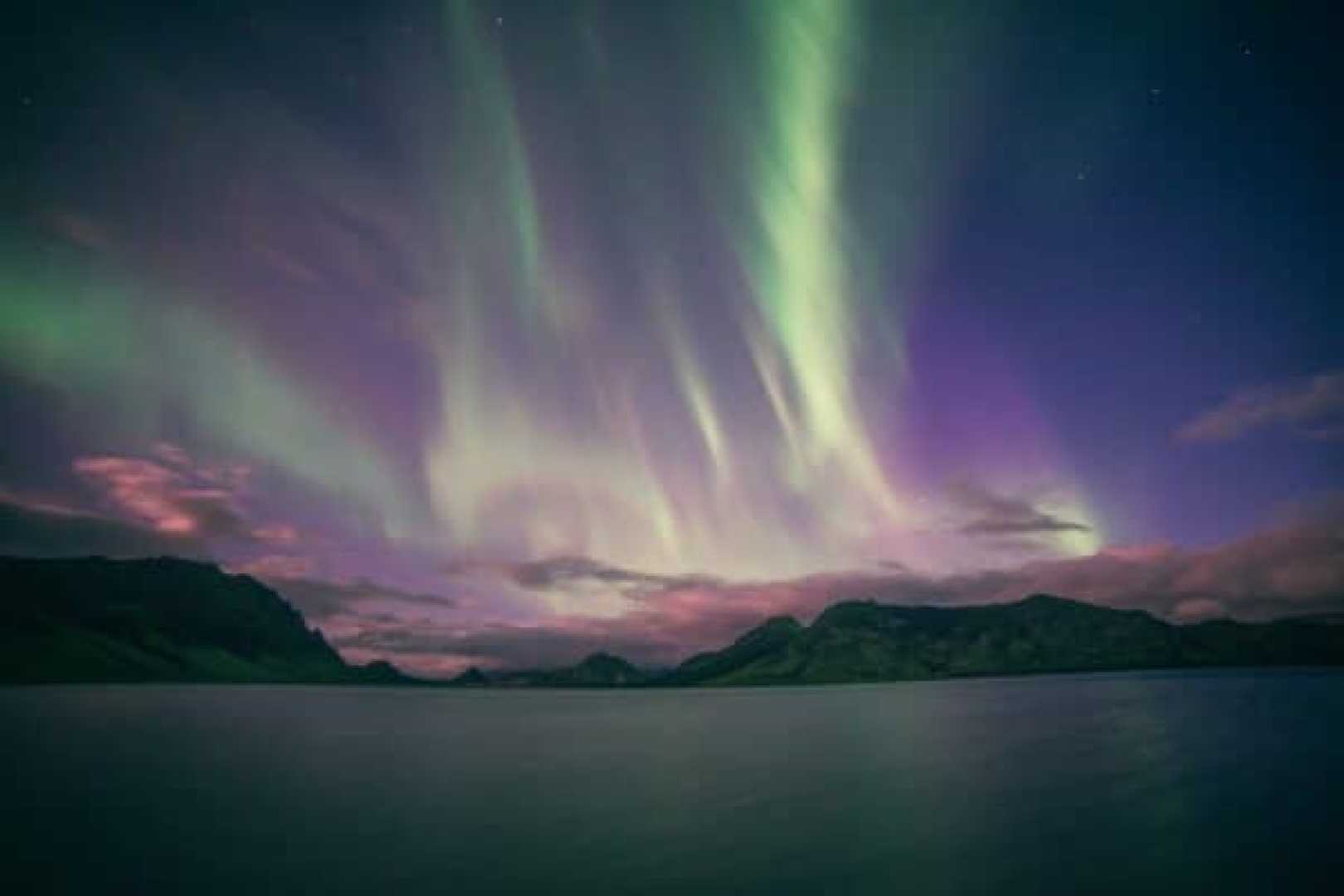News
Rare Atmospheric Phenomenon ‘Steve’ Captivates UK Sky-Watchers

Sky-watchers across the United Kingdom were treated to the rare sight of a phenomenon called “Steve” on Monday night. Although it bears resemblance to the Northern Lights, Steve is a distinct atmospheric occurrence. This intriguing event was visible in parts of Scotland and north-east England, and was accompanied by impressive displays of auroras as far south as Buckinghamshire and Norfolk.
Steve, short for Strong Thermal Emission Velocity Enhancement, represents a relatively new discovery in the field of atmospheric science. Despite being spotted during aurora displays, Steve functions differently. Scientists including those from the European Space Agency have been utilizing Swarm satellites to study Steve’s formation. These satellites help to explore the mystery of how Steve, typically appearing as a ribbon, forms, lasting for only 20 minutes to an hour.
Research indicates that Steve comprises a rapidly moving stream of hot particles known as a sub-auroral ion drift (SAID). Since Steve is elusive and short-lived, it is seldom recorded from the ground. The naming of this phenomenon dates back to 2016, stemming from a citizen science initiative in the United States, supported by NASA and the National Science Foundation. The name was inspired by a character from the animated film “Over the Hedge,” reflecting attempts to demystify the unknown through naming it Steve.
The allure of Steve has extended beyond sky-watchers, catching the eye of the Canadian government, which in 2019 minted a collector’s coin featuring Steve’s mysterious light streaks. Meanwhile, the vibrant Northern Lights painted the UK skies, with vivid sightings reported by BBC Weather Watchers from the Western Isles to Kent.
A Forfar resident, Kara Matthew, captured the phenomenon in her garden at Easterbank. Initially out to photograph the aurora borealis, Matthew stumbled upon the unusual purple arc, later identified as Steve with the help of her brother. “It’s supposed to be super rare because it needs a certain weather pattern,” Matthew told The Courier.
Solar winds have been driving these atmospheric displays, with charged particles from the Sun anticipated to potentially cause more sightings in the coming nights, cloud cover permitting. This wave of solar activity has heightened expectations among enthusiasts hoping to witness these celestial phenomena.












